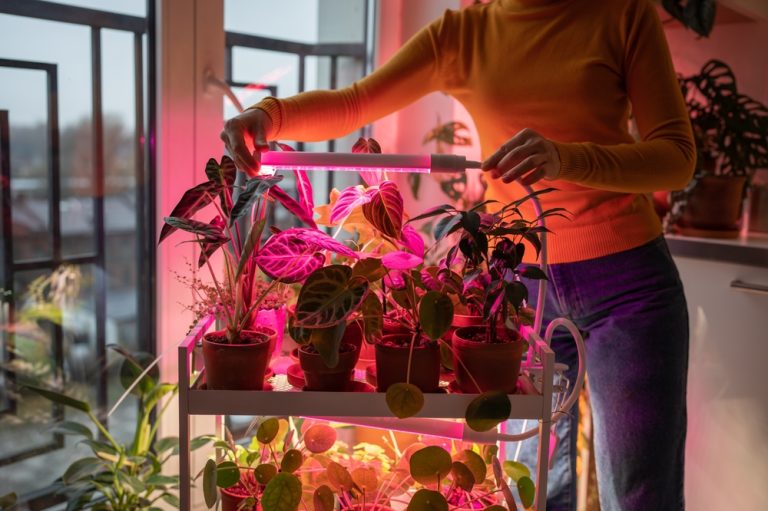Growing plants indoors is great. However, when plants are grown indoors, they often do not receive enough natural sunlight to meet their needs. This is where grow lights come in. Of course, you can choose to spend a lot of money on grow lights. However, you don’t have to do that. There are some great…
garden technology
Electroculture Gardening: Innovative Techniques for Enhancing Plant Growth
I don’t know exactly what I thought of upon hearing the term “electroculture gardening.” Nevertheless, it excited me. It has hints of raves and EDM, parties in deserts and forests, and a celebration of nature as culture. It’s something more technological – the application of electricity to create plant growth. It’s an interesting thing to…

